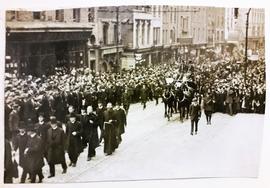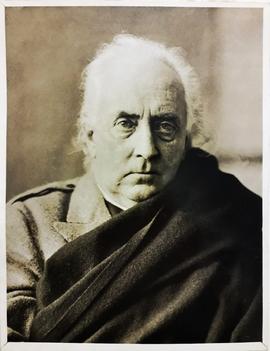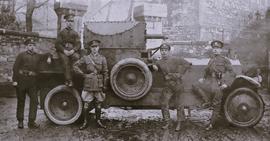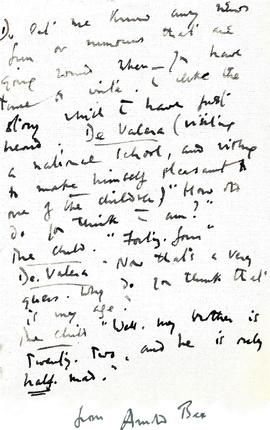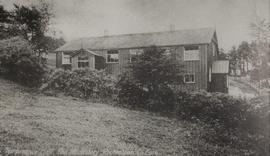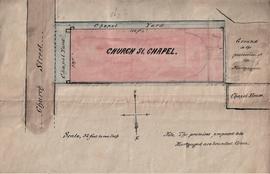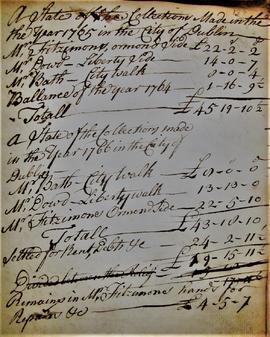Ledger and account book for the Capuchin community at St. Mary of the Angels, Church Street. The ledger provides a daily record of income received and expenses incurred by the community. Notes are made of income derived from mass stipends, street collections, sodalities, Third Order payments and temperance publications. Reference is also made to monies received from donations, alms, bequests, and cheques. Expenses include travel tickets, lay staff wages, groceries, building repairs and other sundries. An entry from November 1908 refers to the payment of £30 to John Keogh for the completion of work on the Calvary at St. Mary of the Angels. The entries are periodically signed by the Friary Guardian and by the Provincial Minister at visitations.
Manuscript annotation on first page reads:
‘Particulars supplied to the Archbishop at his Grace’s request.
Church of St Mary of the Angels – building was begun June 12th 1868. Total cost including altar pulpit, altar rails, organ but not furniture was £60,000
Architect, James McCarthy
Contractors, Michael Meade & son.
The Sacred Heart Chapel built as an aisle church was begun in March 1908. Cost: £4,000.
Architects, Ashlin & Coleman
Contractors, Thomas Connolly’.
A later annotation (in the hand of Fr. Angelus Healy OFM Cap.) reads:
‘House ledger from October 1907 (Fr. Laurence Dowling, Guardian) to December 1929 (Fr. Angelus Healy, Guardian)’.
A List of Friary Guardians is supplied:
1907-1910, Fr. Laurence [Dowling]
1910-1913, Fr. Angelus [Healy]
1913-1916, Fr. Augustine [Hayden]
1916-1919, Fr. Fiacre [Brophy]
1919-1925, Fr. Benedict [Phelan]
1925-1928, Fr. Edward [Walsh]
1928-1931, Fr. Angelus [Healy]
1931-1934, Fr. Edward [Walsh]

